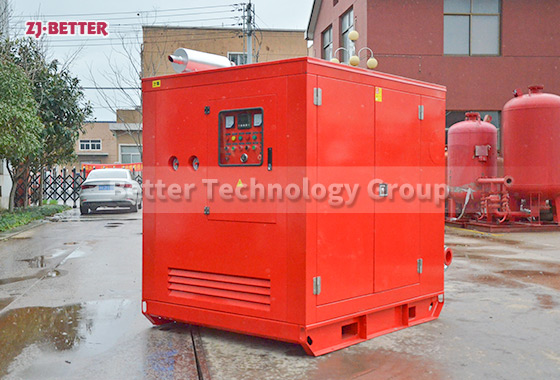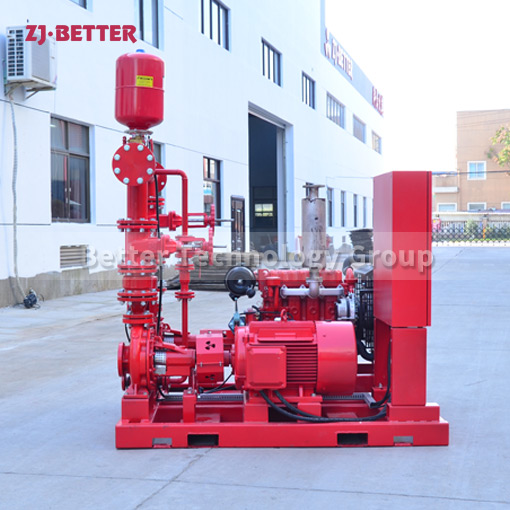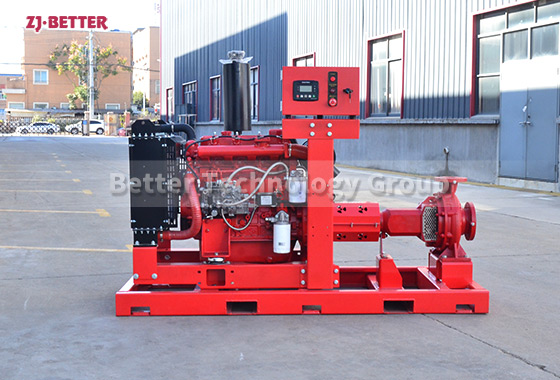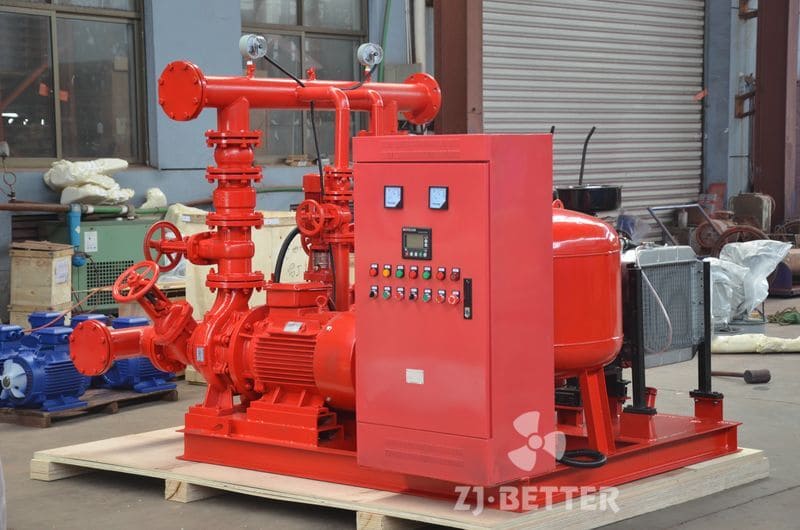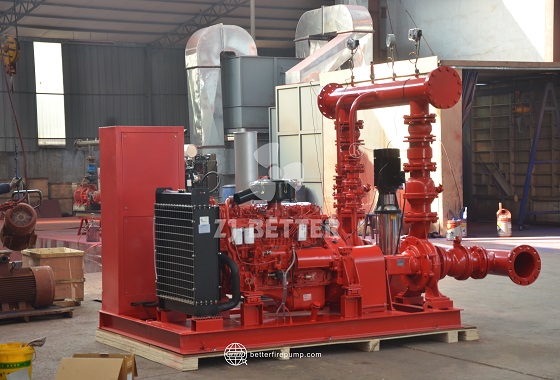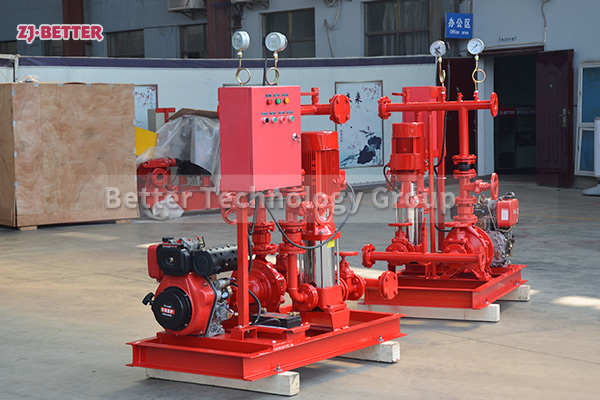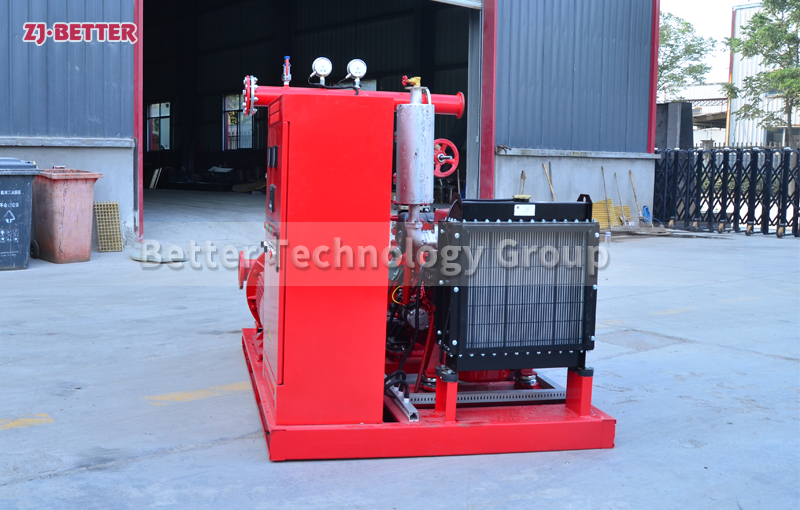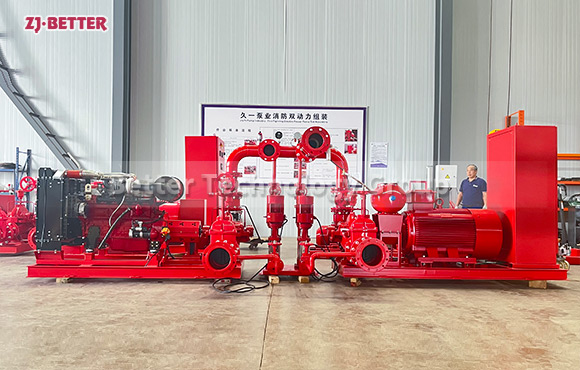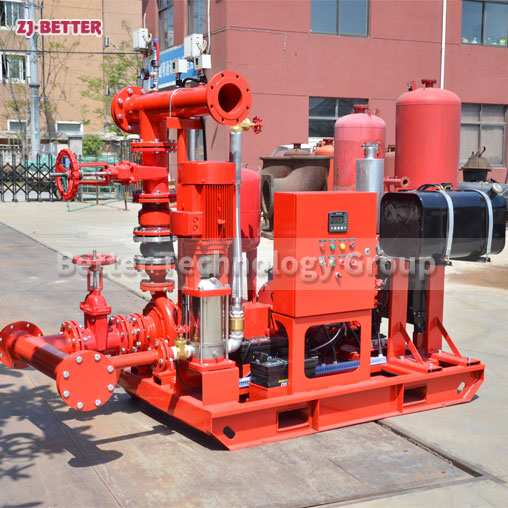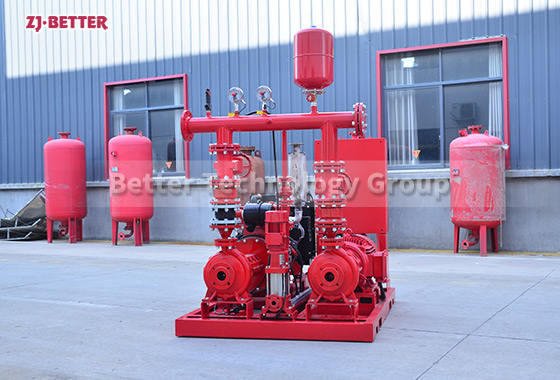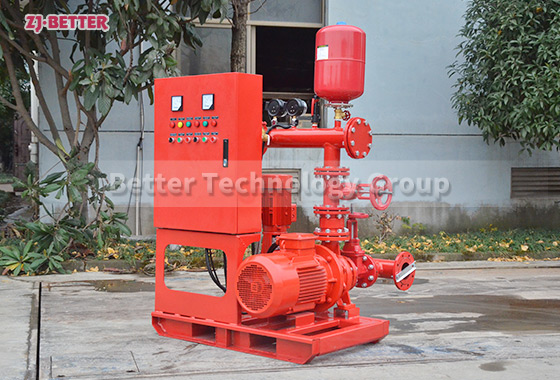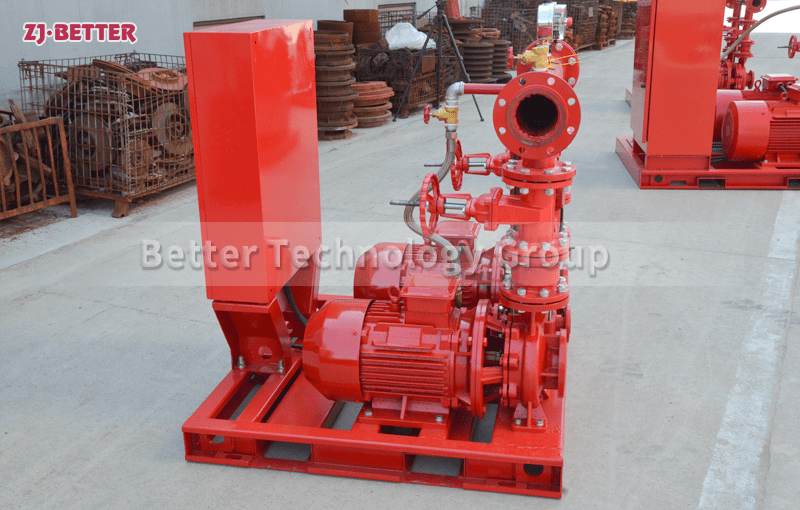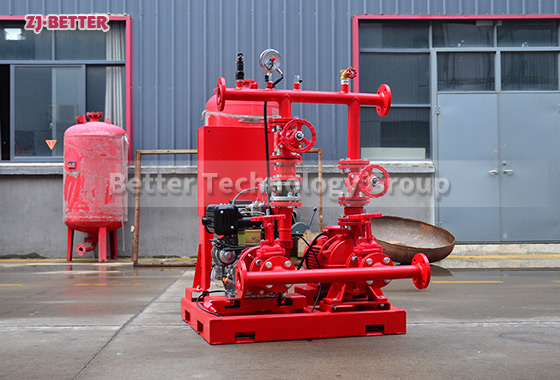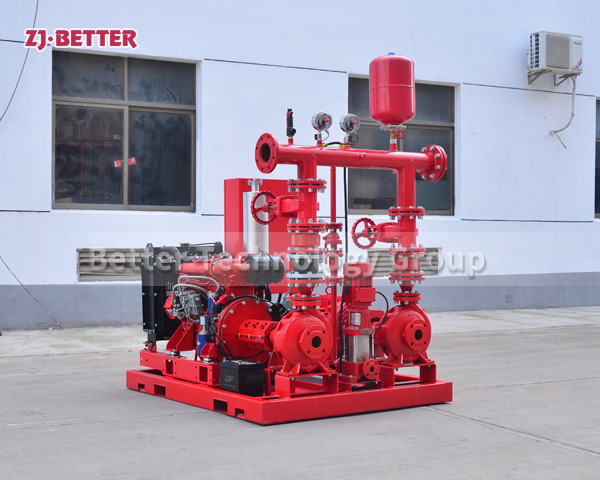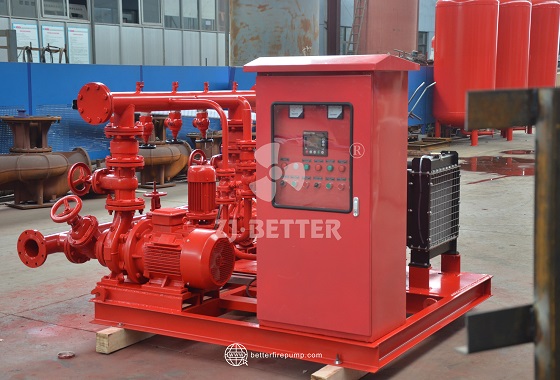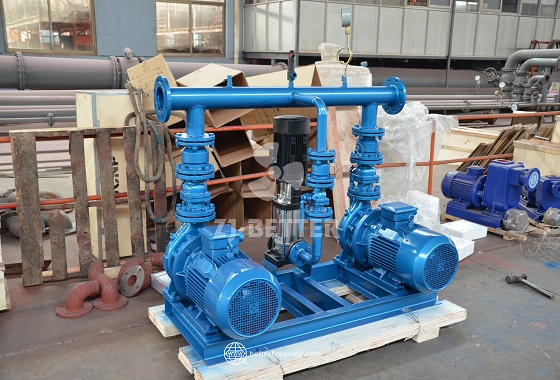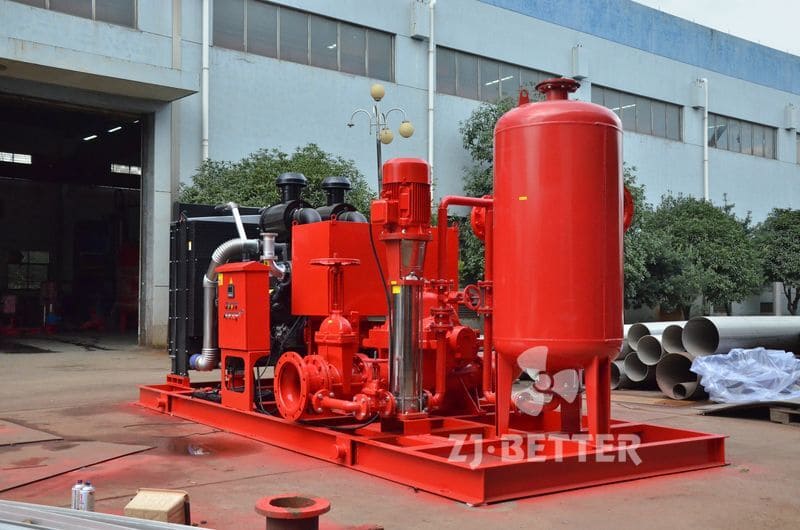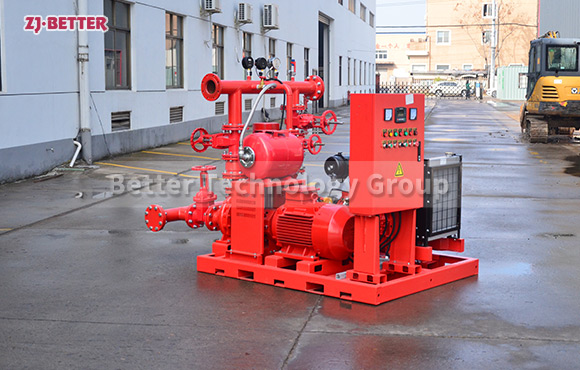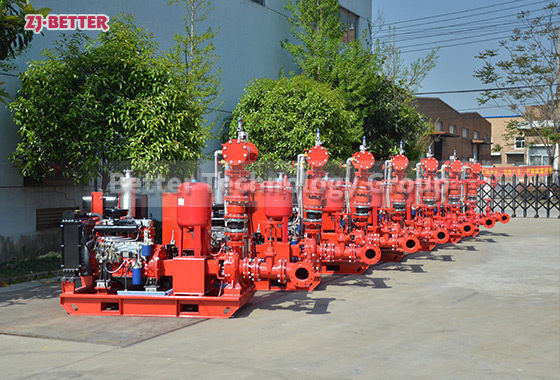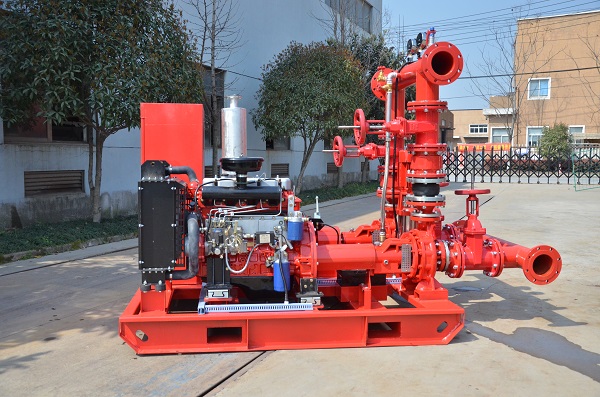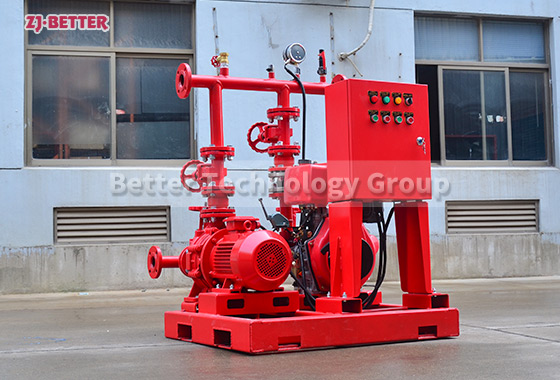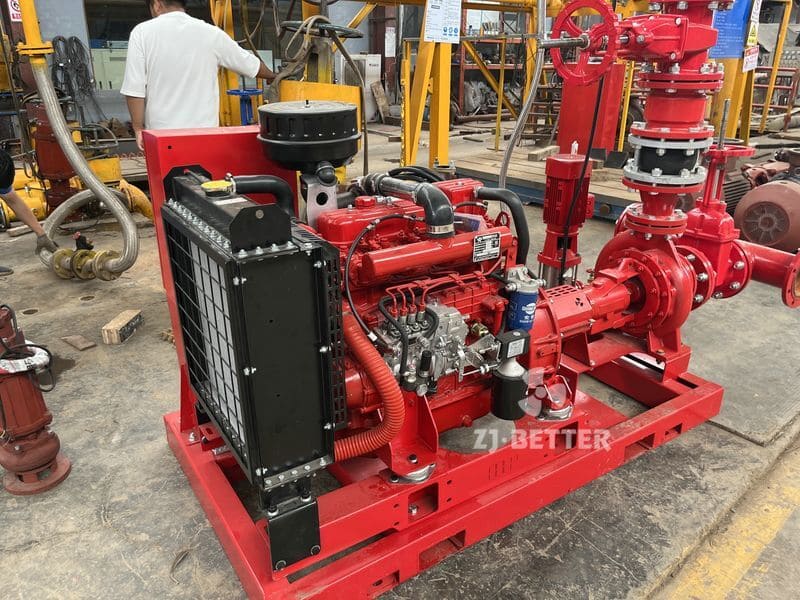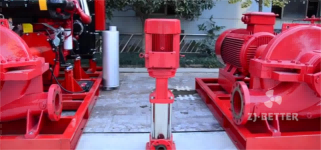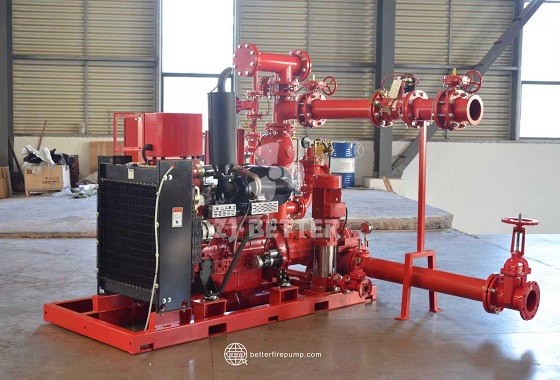How to Conduct a Fire Pump Flow Test
Learn how to conduct a fire pump flow test to ensure your system is compliant with NFPA 25, efficient, and ready for emergencies.
A fire pump flow test is essential for verifying the performance of your fire pump system and ensuring that it meets the requirements of NFPA 25, which mandates periodic testing for the safety and functionality of fire protection systems. This test measures the flow rate, pressure, and overall performance of the system under operating conditions.
Here’s how you can conduct a fire pump flow test to ensure your system’s compliance and readiness in case of an emergency.
1. Review Local Regulations and NFPA 25 Standards
Before conducting the flow test, familiarize yourself with local codes and regulations, specifically NFPA 25, which governs the inspection, testing, and maintenance of water-based fire protection systems. The standard outlines specific intervals and procedures for testing fire pumps.
-
NFPA 25 requires testing annually for fire pump systems.
-
The flow test should be performed when the pump is running at full capacity, and water flow should be measured at the system’s design pressure.
2. Prepare the Fire Pump System
-
Ensure the system is ready: Before testing, make sure the fire pump system is operational. Check that all valves are open, there are no blockages, and the system is fully primed.
-
Inform building occupants: Since the test will discharge water, make sure to notify building management and occupants in case the test causes disruptions.
3. Set Up the Flow Test Equipment
You will need the following equipment to conduct the flow test:
-
Pitot gauge: This measures the flow of water at various discharge points.
-
Flowmeter: This measures the total flow rate of water being pumped.
-
Pressure gauges: Used to measure pressure at various points in the system.
-
Test headers: These are used to discharge water to measure the flow.
Ensure all equipment is calibrated and functioning properly before beginning the test.
4. Perform the Flow Test
Follow these steps to conduct the flow test:
-
Start the fire pump: Activate the fire pump and allow it to reach full capacity. The pump should operate for at least 10 minutes during the test.
-
Measure the flow rate: Use the flowmeter to measure the total water flow in gallons per minute (GPM) at the pump’s maximum discharge pressure.
-
Measure the pressure: At the same time, use the pressure gauges to check the discharge pressure at the pump’s output. The pressure should match the design specifications for your system.
-
Test the pressure at various points: To ensure uniform pressure distribution, measure the pressure at key points in the system, including at the pump and the most remote outlet.
-
Record the results: Document the flow rate, pressure measurements, and any discrepancies from design expectations. These results should be compared with the design flow curve for your pump to ensure compliance.
5. Interpret the Results
After the test, compare the flow and pressure readings with the system’s design specifications to ensure the pump is operating properly. A properly functioning fire pump should meet or exceed the required flow and pressure.
-
If the system fails to meet the required flow rate or pressure, this may indicate issues such as:
-
Impeller wear
-
Clogged pipes or strainers
-
Valve malfunctions
-
Pump cavitation
-
6. Troubleshoot and Maintain
If the test reveals issues with the pump, take immediate steps to address the problems. Common maintenance tasks include:
-
Cleaning strainers and filters
-
Inspecting and replacing worn components
-
Adjusting the pump alignment
-
Lubricating mechanical components
It’s also a good idea to perform an annual inspection of the system in addition to the flow test to catch potential issues before they affect system performance.
7. Report the Results and Compliance
After completing the flow test, document the results and keep detailed records. These records will be important for ensuring your system is compliant with local codes and for future inspections.
If your fire pump fails the test, notify the local Authority Having Jurisdiction (AHJ) and make necessary repairs or adjustments before the system can be put back into service.
Conclusion
Regular fire pump flow testing is a vital part of maintaining a reliable fire protection system. By following the NFPA 25 standards and conducting the test properly, you can ensure that your system is capable of performing when an emergency arises. Always keep records of the test results, and promptly address any performance issues to maintain your fire pump’s efficiency and compliance.


